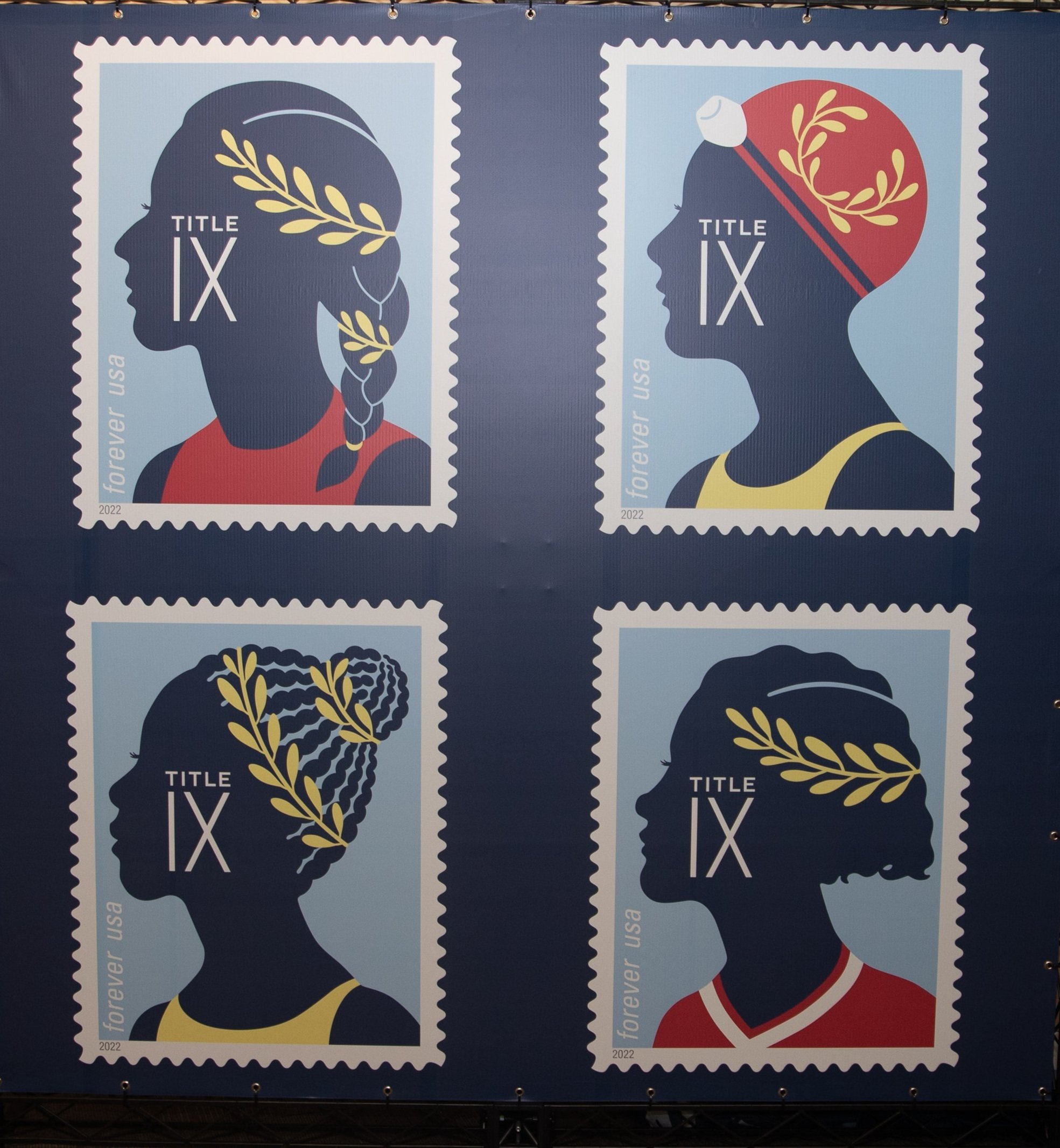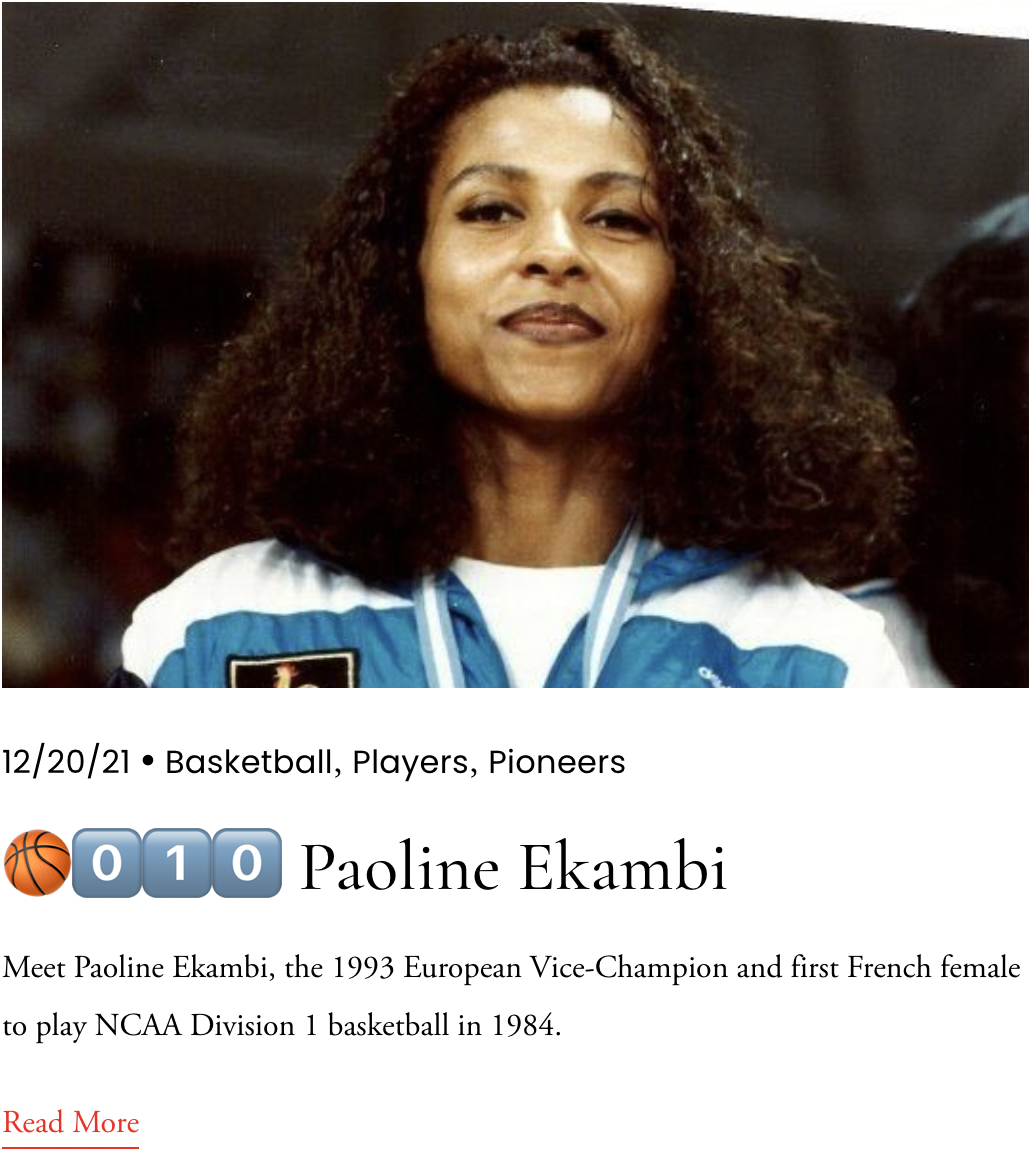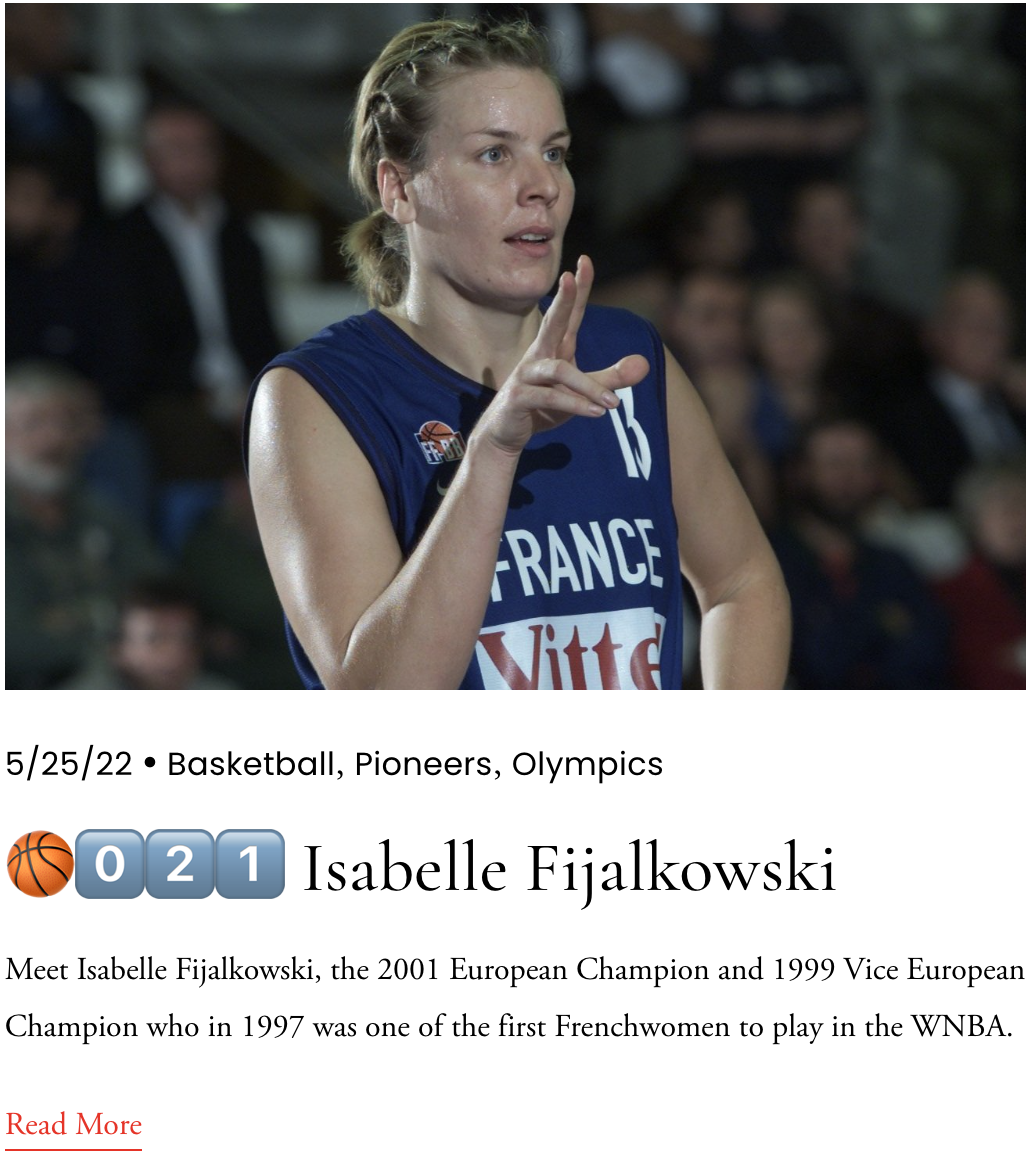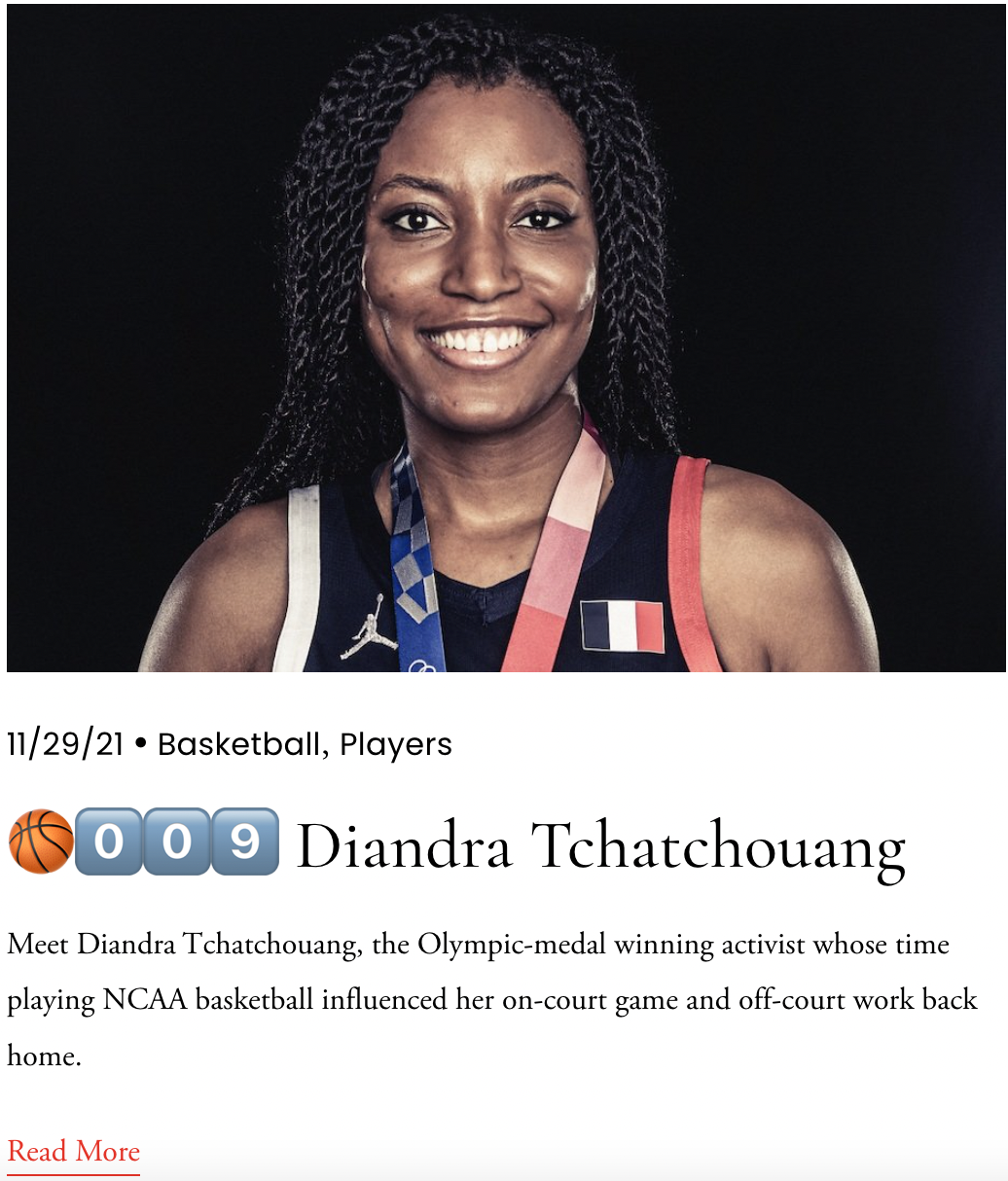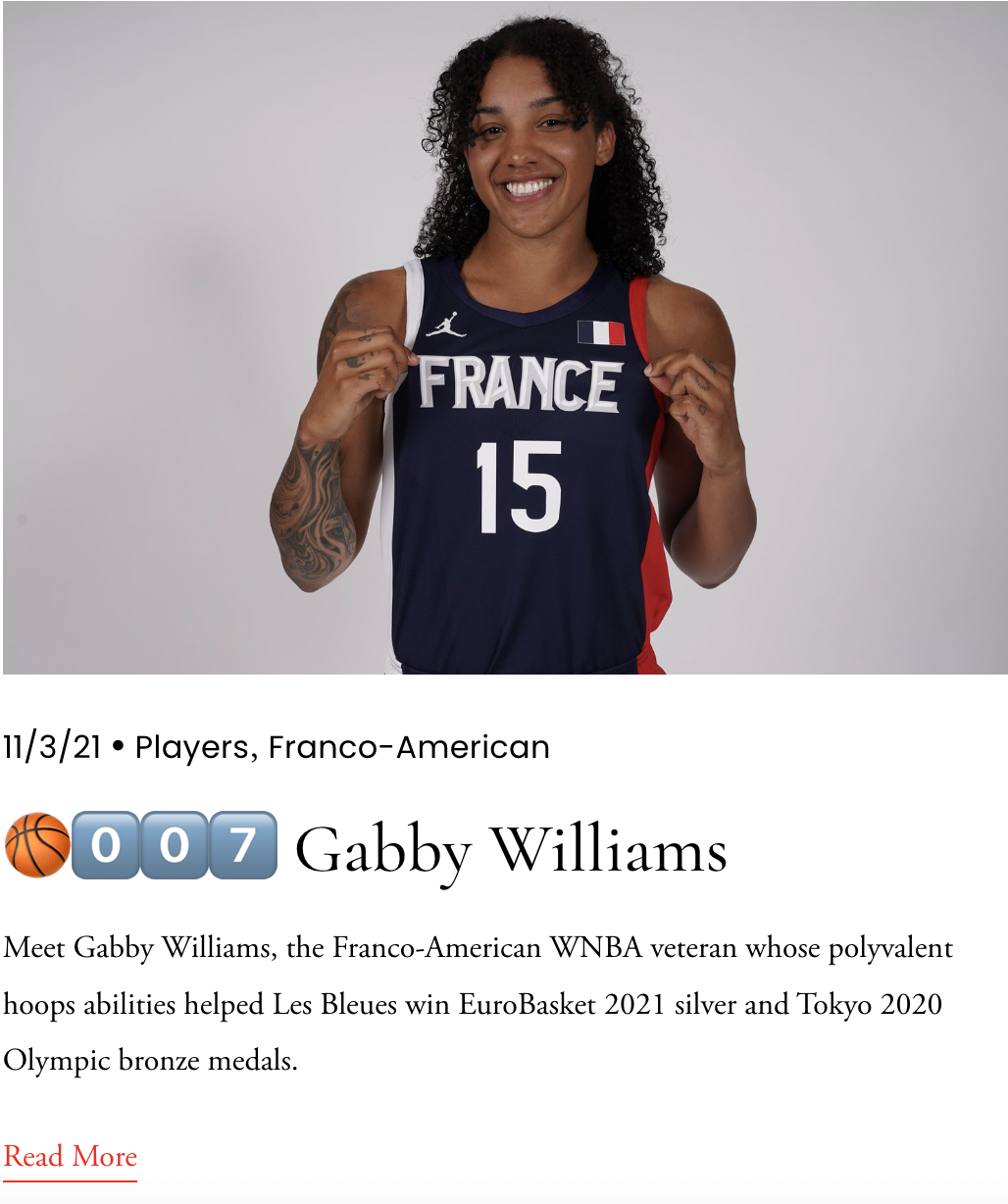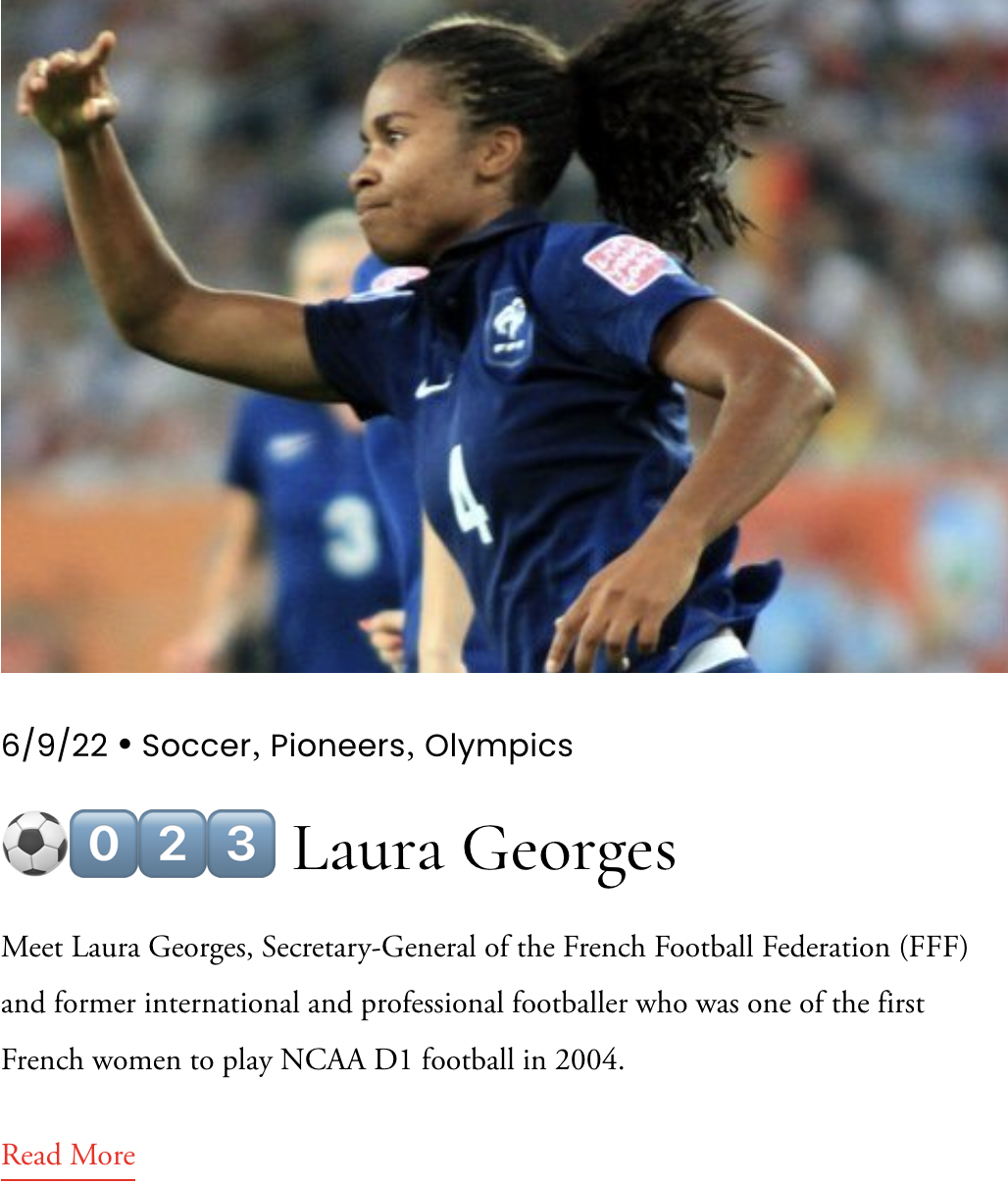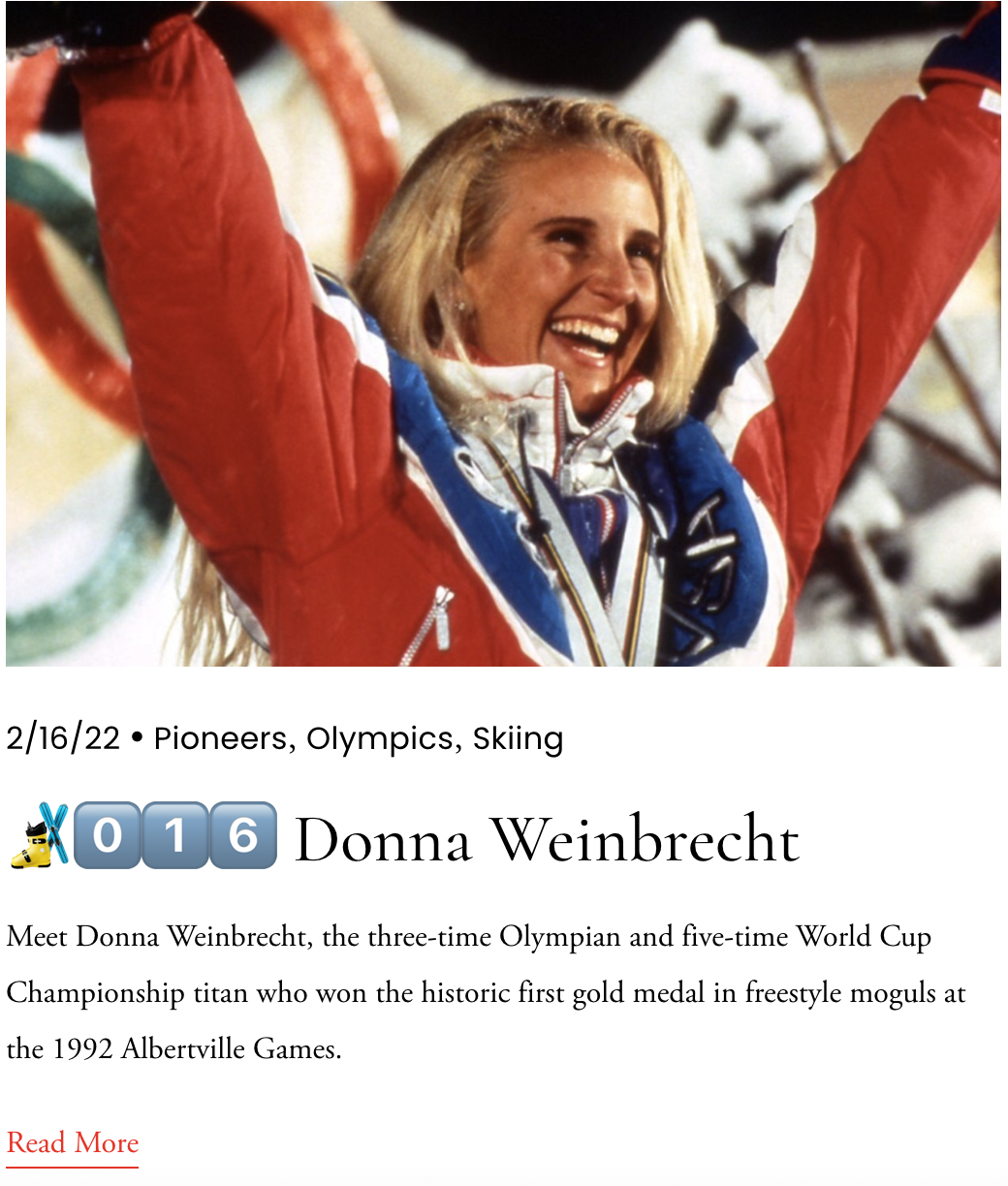From Wembanyama to the World Stage: French Basketball and the New Era of Trans-Atlantic Sports Diplomacy
In October 2023, all eyes were on the San Antonio Spurs as its number one pick, and the NBA’s newest phenomenon, 7-foot-4 Frenchman, Victor Wembanyama made his professional debut. This backgrounder explores the way that basketball has become a dynamic vehicle for the Franco-American connection through player development, media spectacle, and also mutual influence.
By Tianchi Ma
In October 2023, all eyes were on the San Antonio Spurs as its number one pick, and the NBA’s newest phenomenon, 7-foot-4 Frenchman, Victor Wembanyama illustrated in figure one below made his professional debut.
Screenshot from “Victor Wembanyama Best NBA Dunks” video by Golden Hoops via YouTube.
Dubbed as the future face of the NBA, a unicorn, and a generational talent, Wembanyama is not just another international star; he is the symbol of the emerging French players who are reshaping the NBA (Sudre, 2024). His presence and overall success in the league is evidence of the culmination of decades of athletic, cultural, and diplomatic collaboration between France and the United States in expanding the global reach of basketball, and in particular, increasing the NBA’s fan base (Krasnoff, 2023).
French basketball continues to cement its place within the NBA’s global structure with five players in the mix for the 2025 NBA Draft. They are part of the longer trend that since the first Frenchman was drafted in 1997 reveals the deeper stories in regards to the media, scouting, training, and sports diplomacy (Rofe, 2018). There has been an increase in the impact of French players in the NBA as illustrated with this highlight that was uploaded on YouTube in 2024 (watch at the right).
This is not simply about talent alone, it is a story of globalization, strategic investment, and also cultural exchange. By conducting an in-depth examination of the journey from Tony Parker to Victor Wembanyama, this backgrounder explores the way that basketball has become a dynamic vehicle for the Franco-American connection through player development, media spectacle, and also mutual influence.
A Historical Pipeline: From Parker to Present
Institutional investment and strategic foundations are the pillars of the rise of French basketball in the NBA. In the book, Basketball Empire: France and the Making of a Global NBA and WNBA, Lindsay Sarah Krasnoff highlights the way that France has cultivated its basketball reputation through public support, elite academies, and long-term vision of international competitiveness (Krasnoff, 2023). The establishment of the Institut National du Sport, de l’Expertise et de la Performance (INSEP) in 1975 was critical. Located in easternmost Paris, INSEP today is the hub in terms of producing young elite French athletes, including notable NBA stars, who coincidentally played in the San Antonio Spurs as teammates Tony Parker and Boris Diaw (Sudre et al., 2019).
Homage to Tony Parker on a basketball court in Levallois, France. Photo: Lindsay Sarah Krasnoff.
Tony Parker’s success with the San Antonio Spurs in the early 2000s was more than a personal achievement. It validated the French development model on a global stage. Parker was both a product of the French system and also a cultural ambassador, and he brought the European court intelligence and international flair into the American basketball ethos (Sudre, 2024). In particular, he led the San Antonio Spurs to win four NBA championships as the starting point guard and floor general; winning the Finals most valuable player (MVP) award opened the floodgates for greater trust in international scouting, and in particular, in France. Other notable French players like Nicolas Batum, Rudy Gobert, and Evan Fournier soon emerged as outstanding NBA players. Gobert has to date won four Defensive Player of the Year awards and currently and his team, the Minnesota Timberwolves, contested the 2025 NBA playoffs. Players like Gobert, Batum, Fournier and others have built on the foundations laid by the Parker generation and expanded the narrative that France is no longer a basketball outlier, but a legitimate global power.
Training and Scouting in the Age of Globalization
INSEP: the land of champions, where Tony Parker and Boris Diaw completed their schooling. Photo: Lindsay Sarah Krasnoff.
The increased success of the French players in the NBA is not accidental. It is a by-product of globalized training systems and improved Trans-Atlantic scouting. In addition to that, INSEP and similar academies offer rigorous, science-based training for interested athletes from a young age (Bartee, 2024). It is important to add that talented athletes are scouted by these academies when they are 12 or 13 years, and placed in elite programs, which combine education with full-time basketball development. These systems emphasize basketball fundamentals, versatility, and also teamwork–the qualities highly sought after by the NBA scouts.
Wembanyama is the epitome of this system. He began his training at Nanterre 92, before proceeding to ASVEL, Parker’s club. While in these programs, it was clear from an early age that Wembanyama had a rare blend of coordination, intelligence, and perimeter skills, which drew scouts from around the world. His games were livestreamed internationally, his workouts went viral, and NBA team front offices invested heavily in tracking his progress (Carin et al., 2021). It is also worth noting that the NBA itself is an active player, when it comes to fostering globalization. It uses different initiatives like Basketball Without Borders, and preseason games overseas to increase the popularity of the game outside of North America (Faye, 2023). In France, the NBA has not just recruited French talent, but it has also invested in the country’s basketball ecosystem. The NBA Paris Game, which was first played in 2020, and then revived in 2023, draws massive local interest and media coverage, which has signaled the sport’s commercial and diplomatic potential.
Sports Media and Franco-American Cultural Exchange
The rise of the French NBA players has contributed to significant sports media evolution within the USA as it has intensified its Trans-Atlantic cultural exchange. A majority of the French players are entering the NBA as global brands. Their careers have been amplified using YouTube highlights of their best plays in different leagues (French-American Foundation, 2022). Other platforms that are currently being used are Instagram storytelling, and multilingual content from other platforms like ESPN. For Wembanyama, his rise to the global stage was much about the narrative behind him, as it was about talent. ESPN ran feature-length stories about him, and there were calls that he was an even more high-prospect rookie than the current face of the league, Lebron James. All his interviews were translated, subtitled, and even shared across continents for basketball fans to know him better. It is worth noting that he appeared on American late-night television even before he played a single minute in the NBA (Pugmire & Nouvian, 2024).
“Such media exposure creates a feedback loop where French culture is increasingly consumed by American audiences through its athletes.”
Wembanyama’s embrace of French fashion, language, and humor makes him a cultural export. Similarly, French fans engage deeply with American basketball through NBA League Pass, fan pages, and social media discourse. The mutual engagement forms a new kind of sports diplomacy, one where culture is shared not through official embassies, but through crossover dribbles and slam dunks.
Recent Developments and the Road Ahead
There is a new generation of French players who have entered the NBA, and as such are reinforcing the themes laid out in Basketball Empire. Other than Wembanyama, there is his former San Antonio teammate Sidy Cissoko (who now plays for Portland), Washington Wizard’s Bilal Coulibaly and Alexandre Sarr, Atlanta Hawks’ Zaccharie Risacher, and Charlotte Hornets’ Tidjane Salaun. It seems like with each NBA draft, the NBA is increasing its engagement with France, and vice versa (Pugmire & Nouvian, 2024). During the 2024 Paris Olympics, France proved that they were a major basketball force. The team, which was composed of Wembanyama, Batum, Fournier, Gobert, and Guerschon Yabusele, played exceptionally and Les Bleus took Team USA to the wire in the gold medal match, a narrow loss in the game’s last three minutes.
There is also growing dialogue about identity and representation (Pugmire & Nouvian, 2024). Many French NBA players are of African cultural heritage, highlighting the multicultural fabric of modern France. Their visibility challenges outdated notions of Frenchness and contributes to ongoing discussions about race, citizenship, and global belonging. The NBA's willingness to embrace these stories strengthens its global brand and highlights sport’s potential to reshape cultural narratives.
Conclusion
The ascent of French basketball players in the NBA is more than a sports story—it’s a mirror of globalization, a model of transnational training, and a subtle form of diplomacy. With Wembanyama leading the charge, the NBA’s French connection is entering a new era, one defined by media spectacle, elite preparation, and cultural synergy. As both nations continue to invest in the exchange of talent and ideas, basketball stands as a powerful symbol of Franco-American partnership in the 21st century.
References
Bartee, H. (2024, December 3). “The globalization of professional basketball: Context and competition matters in the NBA, WNBA, and Olympics.” The Sport Journal. https://thesportjournal.org/article/the-globalization-of-professional-basketball-context-and-competition-matters-in-the-nba-wnba-and-olympics/
Carin, Y., Desquennes, C., Jaworski, L., & Andreff, W. (2021). “French men's professional basketball under the economic shock of the COVID-19.” Sport, Business and Management: An International Journal, 12(4), 479-495. https://doi.org/10.1108/sbm-05-2021-0057
Faye, O. (2023, August 5). “How French basketball caught on to NBA-style sports business.” Le Monde.fr. https://www.lemonde.fr/en/m-le-mag/article/2023/08/05/how-french-basketball-caught-on-to-nba-style-sports-business_6081478_117.html
French-American Foundation. (2022, March 2). “#FranceAndUS Sports Diplomacy: Stronger Transatlantic Relations Hiding in Plain Sight.” https://frenchamerican.org/event/franceandus-sports-diplomacy-stronger-transatlantic-relations-hiding-in-plain-sight/
Krasnoff, L. S. (2023). Basketball empire: France and the making of a global NBA and WNBA. Bloomsbury..
Pugmire, J., & Nouvian, T. (2024, June 24). “Made in France: How French basketball turned so many young talents into NBA players.” AP News. https://apnews.com/article/nba-draft-2024-french-basketball-paris-olympics-5340a58694850c2ec6772efc3c377a7d
Rofe, J. S. (Ed.). (2018). Sport and diplomacy: Games within games. Manchester University Press.
Sudre, D. (2024). “The basketball show in the north of France: A hybrid cultural creation between the globalized culture of the NBA and the local Carnival culture.” Global Culture and Sport Series, 273-292. https://doi.org/10.1007/978-3-031-41656-9_13
Sudre, D., Joncheray, H., & Lech, A. (2019). “‘Let go of your ball, this is not the NBA!’: The influence of hip-hop ball on institutional basketball around Paris (France): Cultural antagonisms and difficult cohabitation.” Journal of Sport and Social Issues, 43(3), 147-166. https://doi.org/10.1177/0193723519832464
About the Author
Tianchi Ma is a graduate student at New York University’s Tisch Institute for Global Sport.
Title IX at 50: Beyond the United States
Today’s celebration of Title IX’s 50th anniversary focuses on how this legislation has benefitted generations around the United States–but it’s also had an impact on France, too.
Today’s celebration of Title IX’s 50th anniversary focuses on how this legislation has benefitted generations around the United States–but it’s also had an impact on France, too.
Title IX of the 1972 Education Act stipulates that “no person in the United States shall, on the basis of sex, be excluded from participation in, be denied the benefits of, or be subjected to discrimination under any educational program or activity receiving Federal financial assistance.” Those 37 words have had multidimensional impacts, including providing greater opportunities for women to pursue education while playing sports. Not just American women, but French women, too.
Many of the Voices in the growing FranceAndUS archive were able to pursue their sports passions thanks to Title IX’s educational and sports benefits, which enabled them to be student-athletes in U.S. schools while pursuing academic studies. And some of them were inspired by or received recognition from legendary U.S. coaches, like University of Tennessee basketball’s Pat Summitt.
“American college really reinforced my technically, basketball, and vision of the game.”
For example, the first French woman to play Division 1 basketball, Paoline Ekambi, in 1984 did so through a bourse at Marist College in Poughkeepsie, New York. As she noted, her motivation to excel at Marist, where she was part of the Big Five, was her desire to demonstrate that French women knew basketball and could play it well. Ekambi attributed her two seasons with the Red Foxes with helping her to become a better player, teammate, and on-court leader. These attributes she passed along to her younger Les Bleues teammates, some of whom had their own American dreams.
Some of this first wave included Katia Foucade-Hoard, the three-time University of Washington Huskies co-captain whose standout career (1991-95) remains inscribed in the school’s record book.
“The thing I learned in the States is that anyone is as good as anyone else, even if on paper it shows that the other team is better. It doesn’t matter when the ball goes up in the air. It’s only at the end of the game that we’ll see who’s the best.”
Foucade-Hoard’s U.S. experience helped inform her service with the national team. At the June 1993 EuroBasket tournament, France fought their way to a silver medal, its first podium finish since 1970. Ekambi was part of that team, as was Yannick Souvré, who played at Fresno State for the 1989-90 season.
Also on that team? Isabelle Fijalkowski, who spun her 1994-95 season with the University of Colorado Buffalos–one of the program’s best–into a springboard to the WNBA in 1997. At the March 1995 NCAA women’s basketball tournament, the team marched through the brackets but fell to Georgia, 79-82, in the Elite Eight, despite Fijalkowski’s valiant efforts (35 points, 9 rebounds, 4 assists).
It’s important to note in this story the two-way knowledge, technical, and cultural exchange facilitated by this Title IX sports diplomacy. As Fijalkowski pointed out, her previous experience in France helped her Colorado teammates.
“They saw that I could help them as a team because there weren’t any other players with my profile…Thus they were delighted.” Isabelle Fijalkowski.
The basketball story has many subsequent generational iterations, including Diandra Tchatchoung (University of Maryland) and Gabby Williams (University of Connecticut) whose transatlantic experiences have helped inform Les Bleues’ successes of the 2010s. And helped fuel the overall growing yet friendly France-USA basketball rivalry.
But it isn’t just at the D1 or national team levels that these Title IX sports diplomacy exchanges are ongoing; it’s there for French women playing D2 and D3 basketball, as well as for U.S. women who compete in the Ligue Féminine de Basketball (LFB), like Penn State alumna Nikki Greene (Angers) and UT alumna and WNBA’s Cassidie Burdick (ASVEL).
There’s a growing intergenerational story of Title IX-inflected FranceAndUS sports diplomacy in soccer. When Title IX was passed in 1972, women’s soccer in France was in the midst of a slow-simmering revival; although one of the early foundational nations in the discipline–the French and English national team captains’ friendly cheek kiss at a 1920 match was the soccer world’s first viral moment–the game fell out of favor and was eventually banned under the Vichy regime. In the 1960s, there was a slow return of organized women’s clubs, and in 1970, the French Football Federation (FFF) recognized the women’s game. But those who played were long marked with numerous stereotypes, which even the current generation active on pitches still fight.
“What I learned in the U.S. and my career in Boston was the team-building effect, how you play not just for yourself but how you’re part of a team with a spirit.”
That’s why it wasn’t until the early 2000s that the first French women came to the United States to play NCAA soccer. FFF Secretary-General Laura Georges was one of the first when she began a Hall of Fame career at Boston College in 2004.
Of note, since Olympique Lyonnais president Jean-Michel Aulas launched and invested in a women’s team in 2004, the team’s rise and decade-long dominance of French and European competition has provided avenues for U.S. players, products of Title IX’s provisions for middle school, high school, and collegiate sports opportunities, to play professionally in France. OL alumna include Alex Morgan, Hope Solo, and Megan Rapinoe, while current squad member Catarina Macario had a standout career at Stanford University before journeying across the Atlantic Ocean.
There are similar intergenerational FranceAndUS stories for other disciplines, such as alpine skiing. Take the Voice of U.S. National Ski Hall of Famer Donna Weinbrecht, the 1992 Olympic gold medalist who was one of the first generations to come of age under the new law. In 1981, she founded her high school’s first ski team, which enabled her to begin training more earnestly and laid the groundwork for her eventual Olympic and World Cup successes.
These storylines are just the start, and more will be added to and highlighted by the archives in the years ahead.




